
The Clement Palo Alto is ranked #14 on the All-Inclusive Resorts list in the USA
The Clement Palo Alto offers a distinctive experience that stands out in a region known more for its tech giants than its hospitality. Candice Tucker reviews this luxury all-inclusive hotel and shares why it is the place to stay in Silicon Valley.
The moment you walk into The Clement, there is an instant sense of homeliness. Just a small minimalist reception area which leads through to a lounge, restaurant and 24-hour open kitchen area, the hotel has a residential charm that completely puts you at ease. With light brown wooden finishes and cream leather sofas, the hotel strikes the perfect balance of luxury without pretentiousness—ideal for those using it as a sophisticated retreat while attending meetings or visiting Stanford University, just across the road.
Follow LUX on Instagram: @luxthemagazine
Stepping into the bedroom feels like entering your own private sanctuary. The expansive space is thoughtfully divided, offering a cozy lounge area and a dedicated workspace with a separate guest loo. The bedroom area provides a tranquil retreat, while the enormous white marbled bathroom—complete with a double-sized shower and bath added a touch of spa-like luxury.
The generous space makes it feel more like a well-appointed apartment than a hotel room, creating a restful environment that feels like a home away from home. To no surprise, being in Silicon Valley, the technology was completely up to date with one simple machine controlling every function possible in the room.

The hotel is located downtown Palo Alto near the Stanford University campus with 23 residential-inspired suites
Later in the afternoon, feeling a bit peckish, I called reception to inquire about room service. While they were happy to send something up, they suggested I explore the 24-hour open kitchen instead. Right by the main restaurant, this brown wooden kitchen with dark marble tabletops resembles one you’d find in a luxury Beverly Hills mansion.
Read more: Shogun, Zermatt’s finest Japanese restaurant, reviewed
Complete with a double fridge, cabinets filled with perfectly arranged jars of biscuits, yogurt and fruit bowls, fresh juices, and an array of light snacks, I was browsing through as if it were my very own dream kitchen at home. It was a refreshingly personal touch, allowing guests to help themselves at any time, fostering an atmosphere of comfort and familiarity.

All meals and beverages are inclusive in the price of your room, thus no exchange of money is necessary
The next day I dined at the hotel’s restaurant for lunch which offers a curated seasonal menu that showcases local ingredients. I was also given the option to dine whenever and wherever I chose, which was not only convenient but added to the level of personalisation that the hotel seems to so easily provide. The tomato soup was flavoursome and light and left the perfect amount of room for the Dijon roasted salmon which was soft in the middle with a crispy tangy outer layer.
Read more: Chez Vrony, Zermatt, Switzerland review
The Clement Palo Alto excels at offering a luxury experience that never feels overwhelming. The hotel’s small size, combined with its attention to detail and personalised service, creates an intimate atmosphere that’s perfect for both business travellers and those visiting Stanford University. Every aspect of the stay is designed to cater to your needs, making it a place you’ll want to return to time and time again.

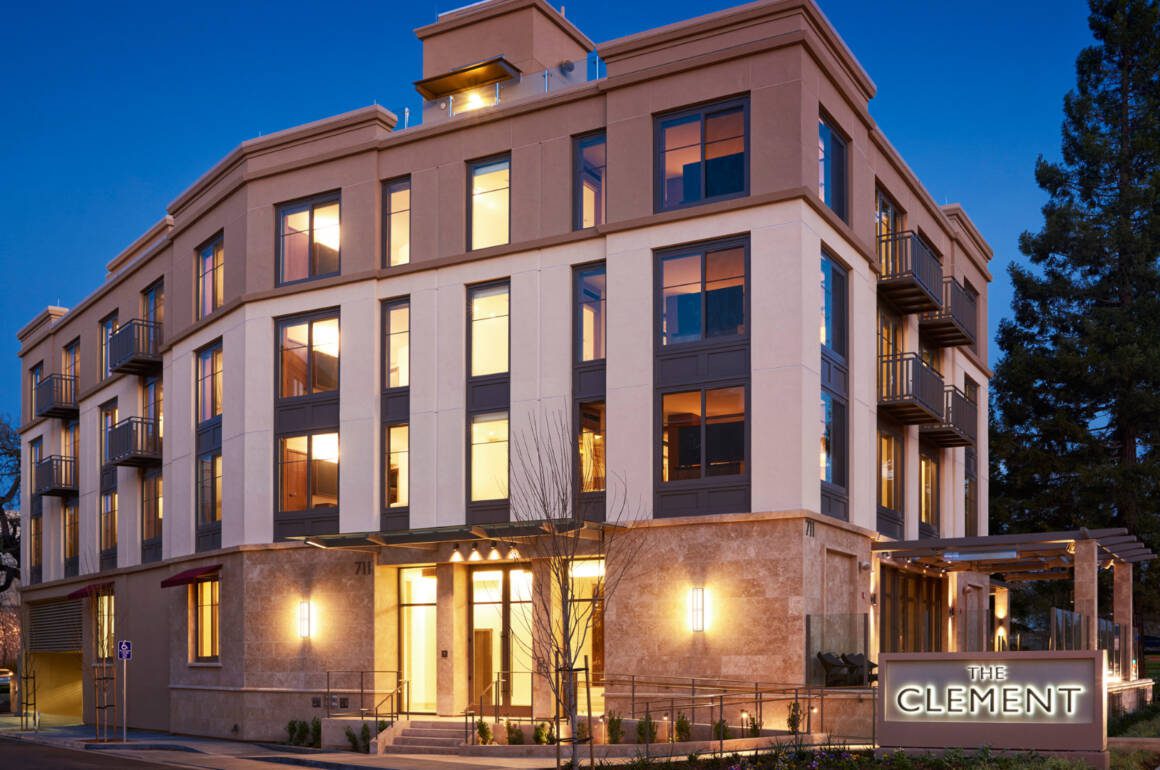

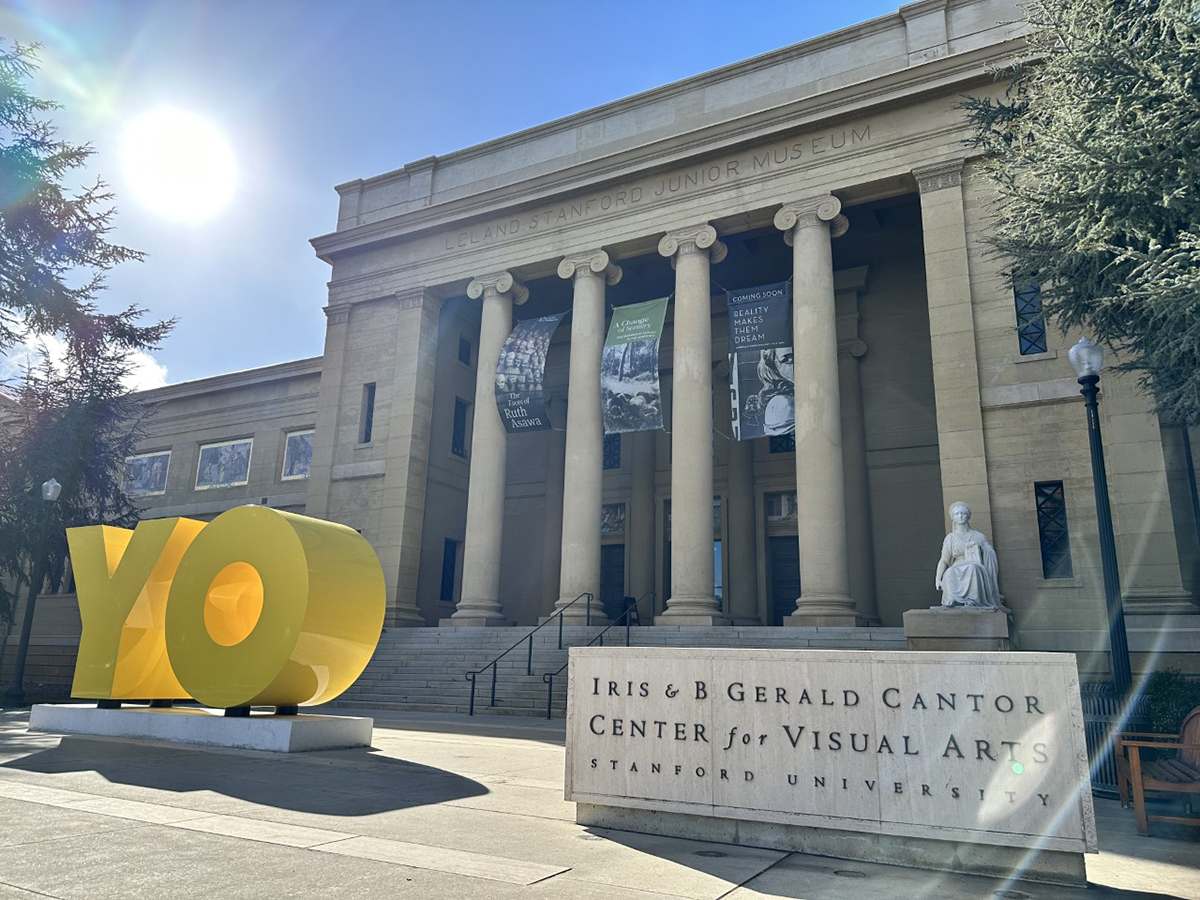
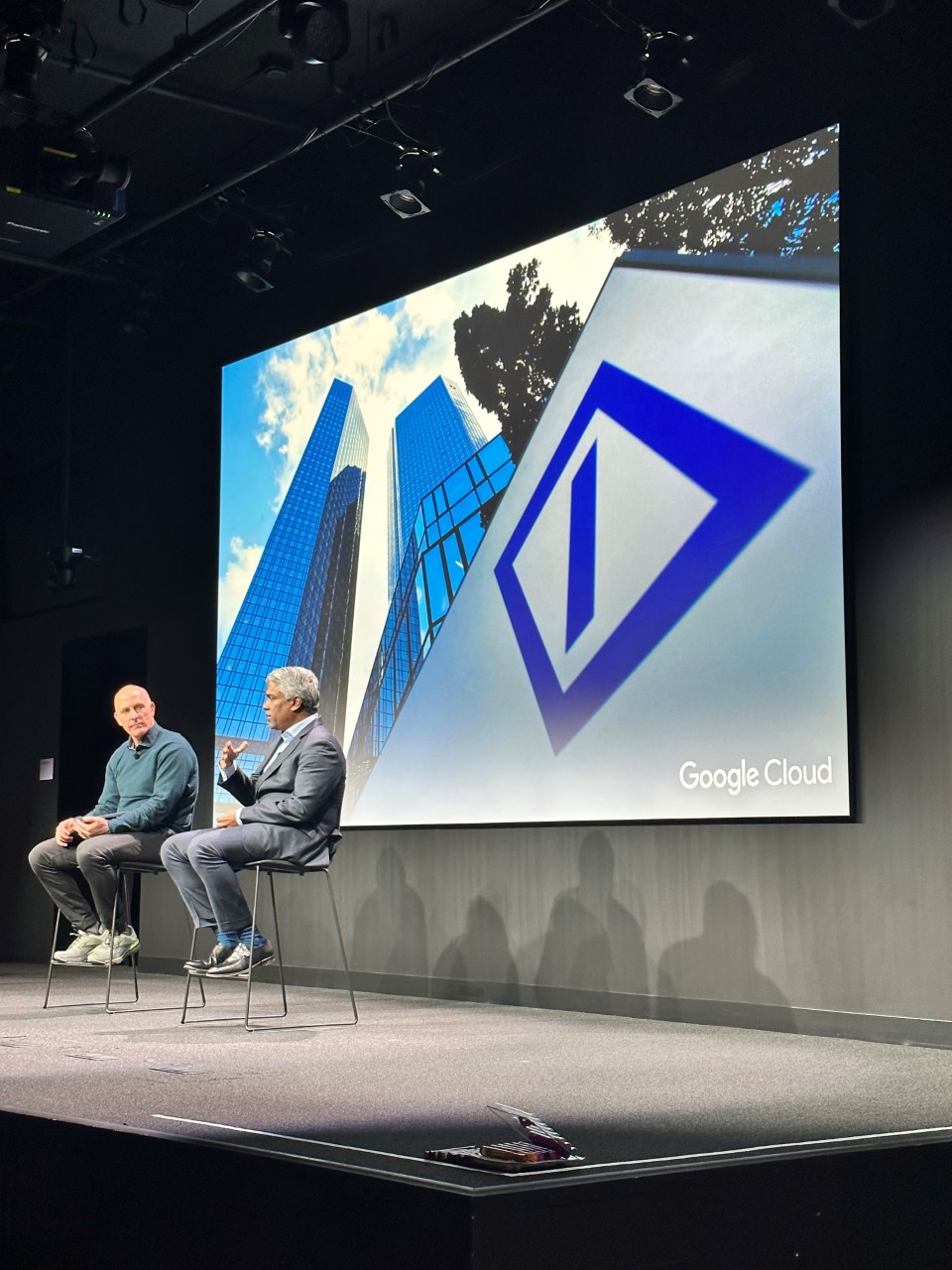


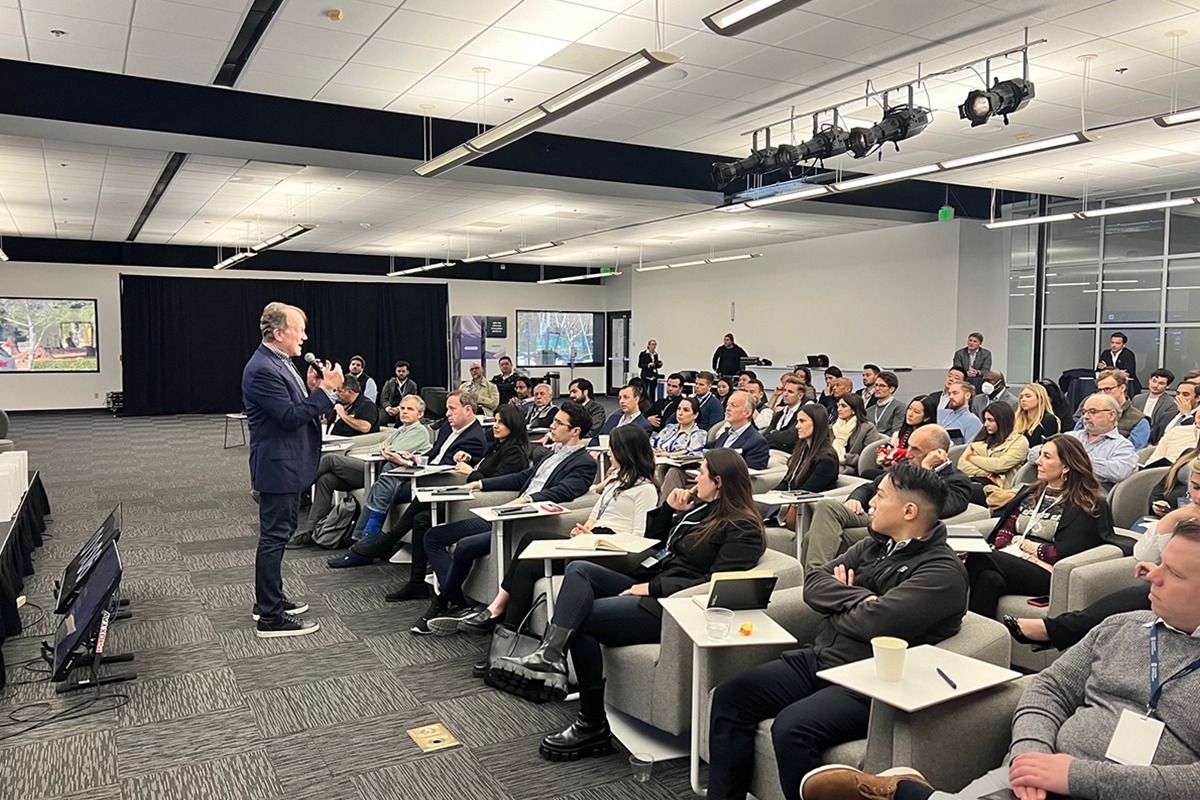
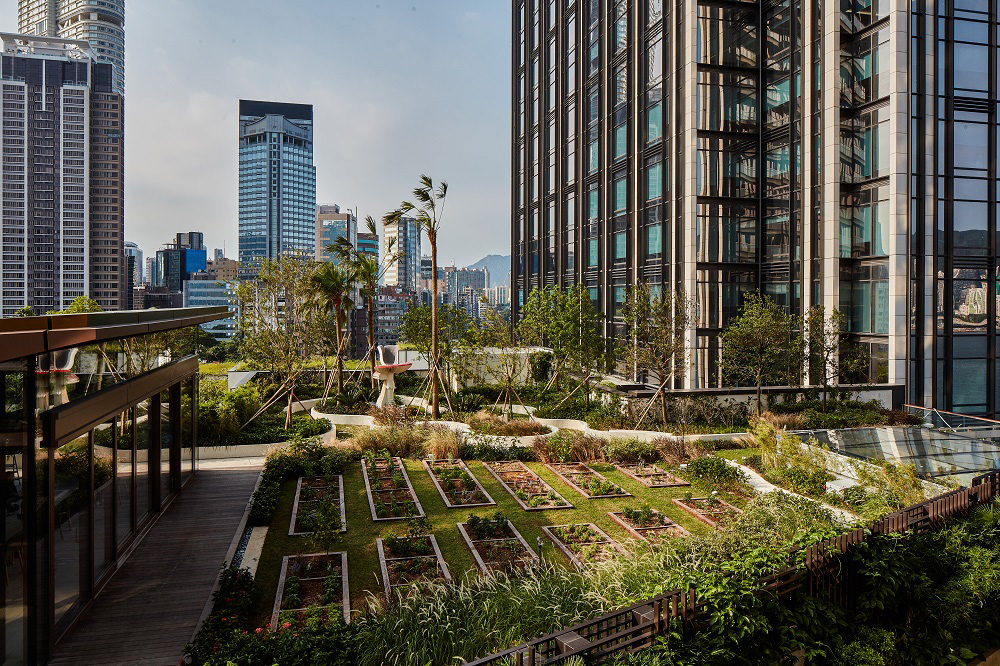
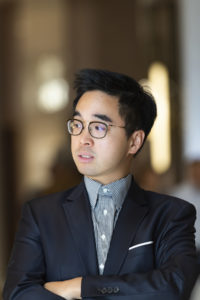
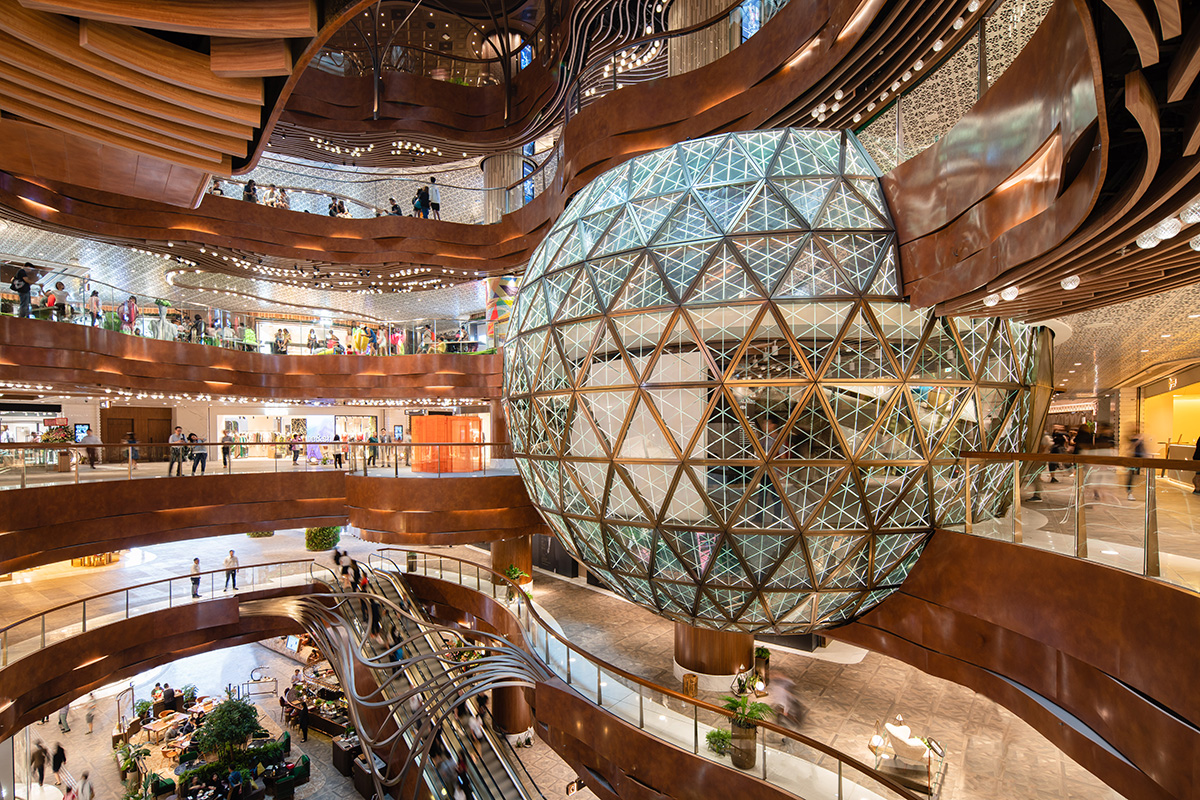
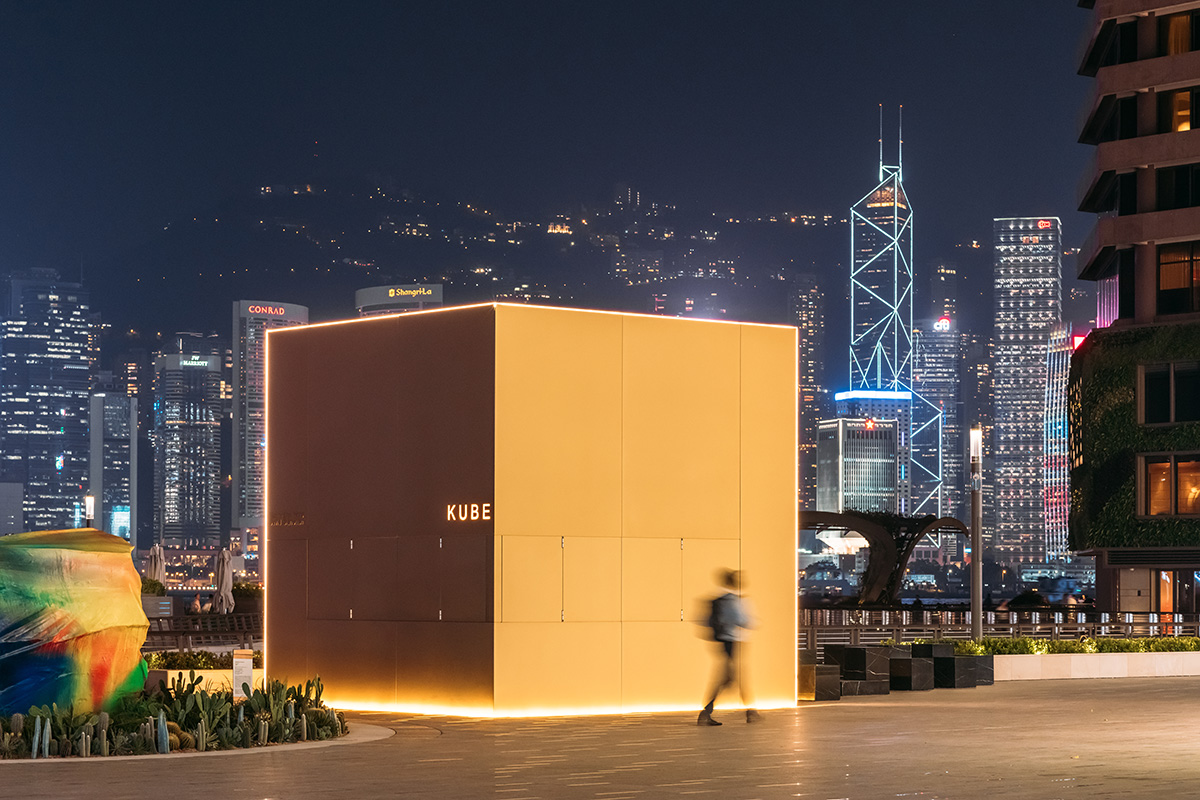





Recent Comments